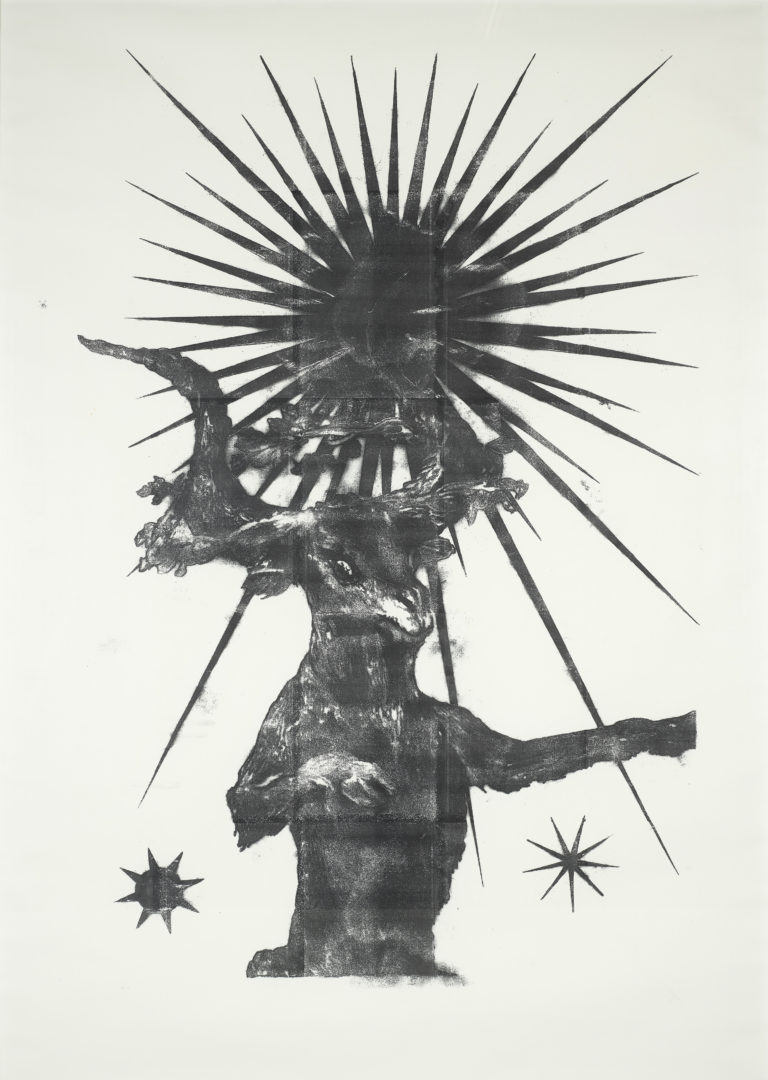Bibliography
Marquet. Vues de Paris et de l’Île-de-France, exh. cat. Paris, Musée Carnavalet, Paris, Paris Musées, 2004: n. 52.
Albert Marquet: peintre du temps suspendu, exh. cat. Paris, Musée d’Art Moderne de la Ville de Paris, Paris, Paris Musées, 2016: cat. 49.




Albert Marquet spend August and September 1917 living by the Seine in Samois, a village about forty miles south-east of Paris. Once he had found the perfect spot, he set up his easel for several painting sessions. While he followed Claude Monet in painting the same motif several times, his aim was not to capture a fleeting instant or an evanescent impression. Rather, his confident brush strokes capture the water and the sky, pinning down the ripples on the river and the clouds above.
Samois, l’île is a sober, concise, dense painting with a rigorous, eloquent structure. For the subject, Marquet has again borrowed from Monet, who often painted riverbanks with trees reflected in the water. While he follows the master in exploring the mystery of an image and its reflection, he pays little heed to how light is refracted. The way he handles shapes breaking up in the ripples shows how different his approach is to that of the Impressionists, who were fascinated by fleeting moments. Marquet’s focus is rather on capturing the sheer bulk of the trees and the density of their foliage. He paints a near mirror image of the quayside and the houses, the outline of their reflections barely troubled in the water. The same is true of his palette. True to his Fauvist roots, he plays up the powerful green of the foliage and the orange tone of the house front is barely paler in its reflection: the edge of the roof is all that stands out.
The painting radiates calm. The walkers are strolling quietly and the angler is waiting patiently for the fish to bite. Like the river, life flows by in a smooth ribbon. Marquet’s painting succeeds in combining an almost timeless landscape and a single moment that feels as if it could last forever.